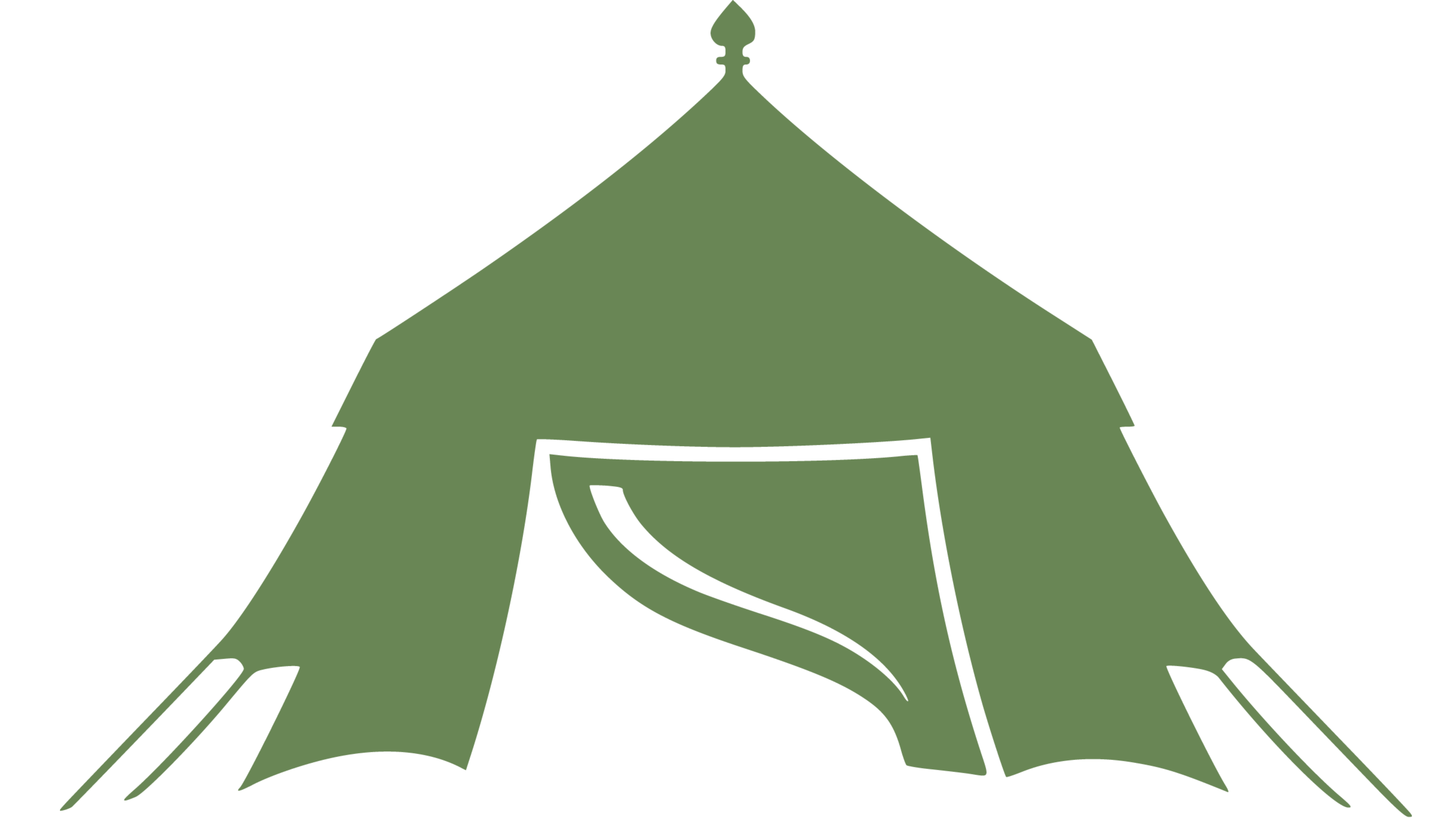

The Retreat already has systems in place to reduce its environmental impact, is interested in learning about new practices, and in implementing a management system that also takes into account the social realm of sustainability.

The Retreat applies good sustainability practices in several areas, but not always in a structured way, nor traceable to a precise sustainability policy. It does not yet have a figure responsible for sustainability, nor does it regularly communicate its commitment, nor any results achieved.

The Retreat has adopted a sustainable management system and has defined a precise sustainability policy. It has a sustainability team or manager, follows a well-structured action plan with goals and responsibilities involving multiple departments. Trains staff and chooses suppliers in line with company values. The Retreat has a dedicated space for sustainability on its website and regularly narrates its goals and achievements on social media.





